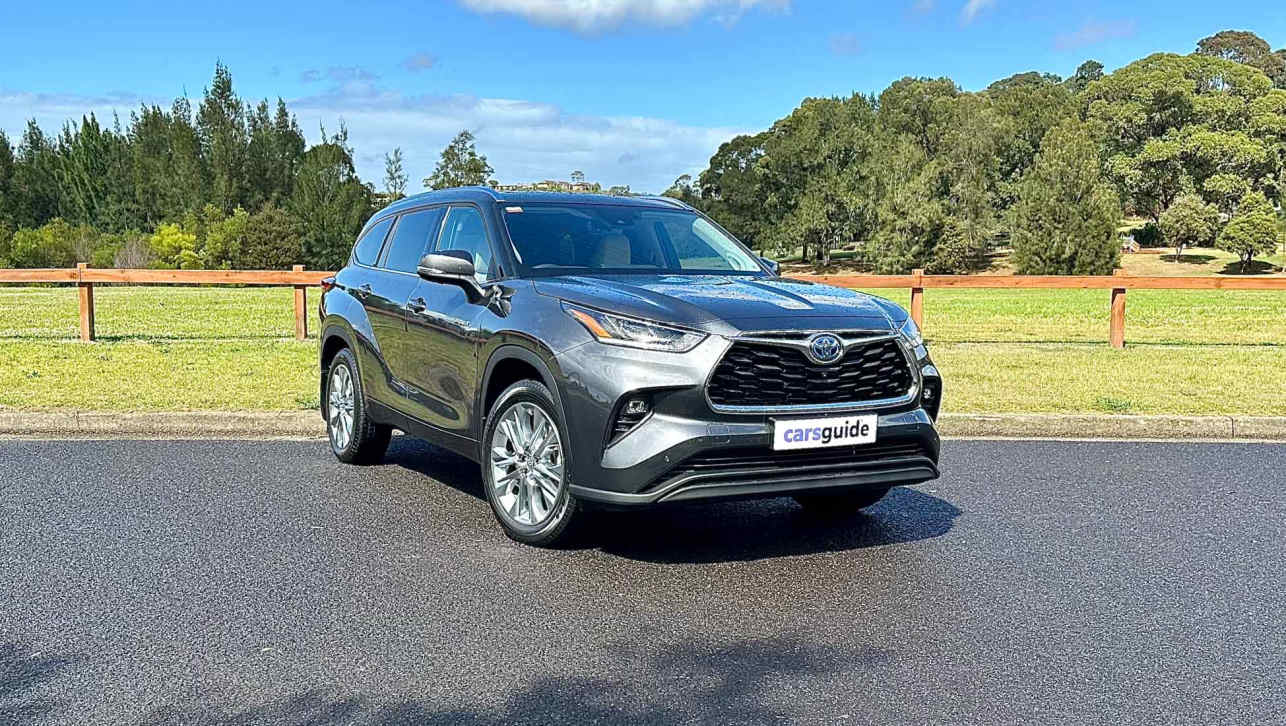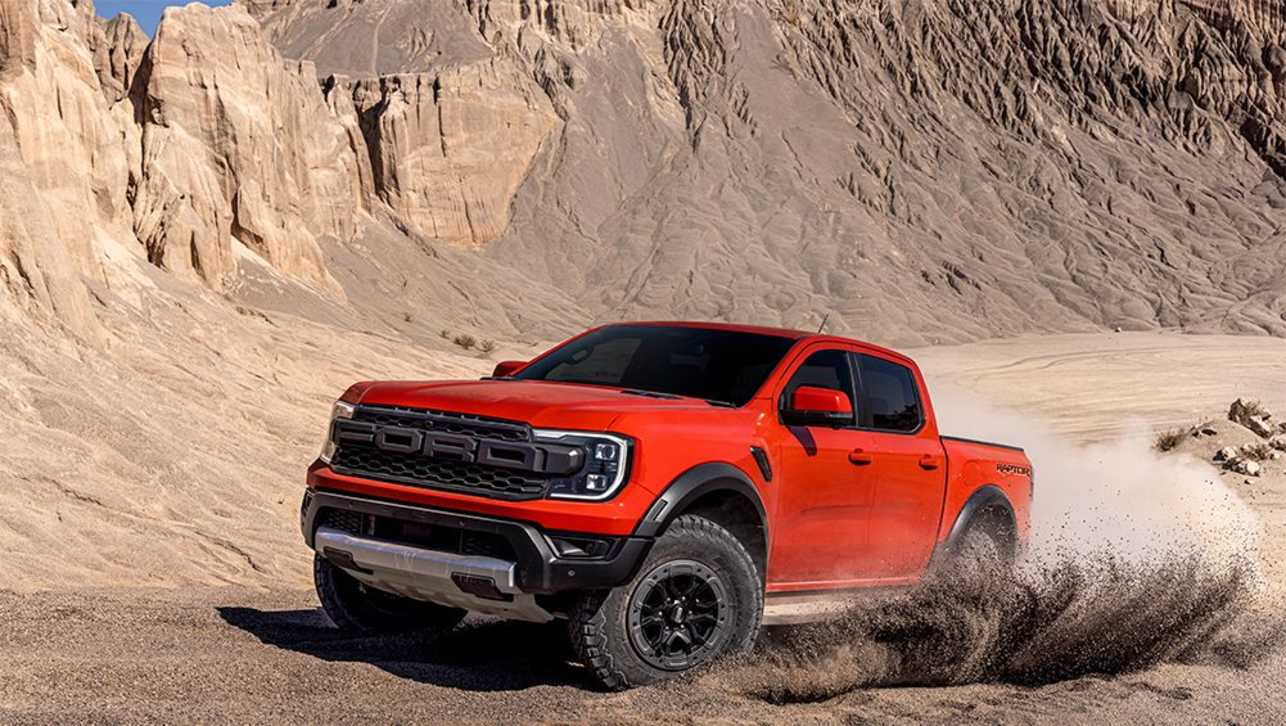Taxpayers have pumped $42 million into two Ford “eco” cars that fail to meet the environmental criteria for some state government fleets.
In a major embarrassment to the Federal Government’s “Green Car Fund for a Greener Future”, the four-cylinder Falcon and the diesel Territory fall outside the purchasing requirements for many state government departments because their emissions are too high or too toxic. It means the government isn’t buying a car that it invested heavily in.
Ford employees bought more than twice as many four-cylinder Falcons than has the government (300 versus 115 cars) – and private buyers have also outspent public office (121 sales), according to confidential figures to the end of November.
Rather than investing to upgrade the cars, Ford is leading the charge to scrap the Green Vehicle Guide star-rating system – the benchmark used by business and government fleets when assessing which cars to buy.
Ford is getting a fraction of the government business compared with its Australian car making rivals Holden and Toyota. The most recent figures show Ford sold 3300 locally-made cars to state governments across Australia compared with Toyota’s tally of 4100 deliveries and Holden’s order book of 9200 cars.
That’s presumably because most of Ford’s locally-made models fall below the cut-off as they have higher air pollution ratings. Ford sold 14,000 Falcons last year; Mitsubishi sold 11,000 sedans in its last full year on sale before its Adelaide factory closed in 2008.
Only one of the three new Fords developed with $42 million taxpayer dollars – the most basic LPG Falcon – earns a high enough rating to make it onto the purchasing lists for some government departments across Australia.
For example, NSW state fleet has a minimum “pollution” and “greenhouse” score of 13.5 (out of 20) for all but emergency vehicles. But the four-cylinder Falcon (13 out of 20) and diesel Territory (9 out of 20) don’t make the cut-off. The new LPG Falcon does comply, scoring 15 out of 20.
Government fleets are allowed to buy vehicles below this score, but if they do they won’t meet their environmental targets.
Late last year the Federal Government appointed William Angove, the former boss of Ford in Indonesia, to encourage government departments to buy more locally-made cars.
Twitter: @JoshuaDowling
YOUR TAXPAYER DOLLARS AT WORK:
Percentage of sales to government of locally made cars (January to November 2012)
Ford Falcon four-cylinder: 7 per cent (115 sales)
Ford Falcon six-cylinder: 9 per cent (1132 sales)
Ford Territory: 10 per cent (1424 sales)
Holden Cruze: 13 per cent (3593 sales)
Holden Commodore: 16 per cent (4528 sales)
Holden Caprice: 20 per cent (276 sales)
Toyota Camry: 13 per cent (3223 sales)
Toyota Aurion V6: 11 per cent (876 sales)
Percentage of Australian-made cars compared with the rest of the market
2005: 248,912 of 988,269 = 25 pc
2006: 201,623 of 962,666 = 20.9 pc
2007: 200,485 of 1,049,982 = 19 pc
2008: 171,432 of 1,012,164 = 16.9 pc
2009: 147,680 of 937,328 = 15.7 pc
2010: 146,314 of 1,035,574 = 14.1 pc
2011: 141,939 of 1,008,437 = 14.0 pc
2012: 139,796 of 1,112,032 = 12.5 pc
SOURCE: FCAI VFACTS







.jpg)
.jpg)
.jpg)

.jpg)







.jpg)


.jpg)





Comments